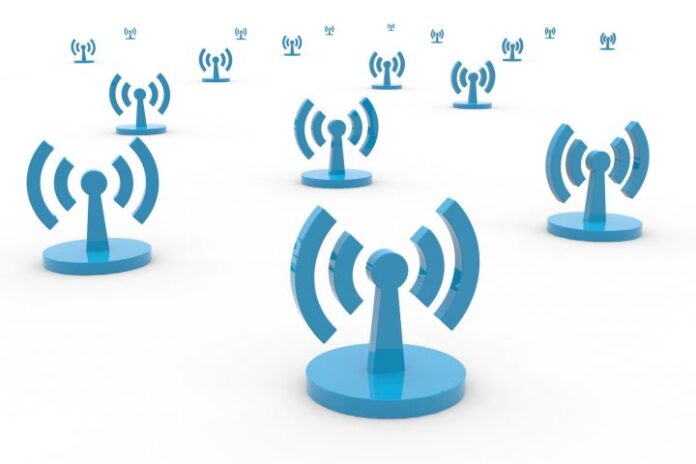Deep fiber and flexible infrastructure will be key to 5G
Ahead of 5G, we’re seeing a number of network convergence trends to support the ultra dense fiber and wireless infrastructure needs of continued network evolution. Based on pre-standard operator trials in the U.S., it appears 5G fixed wireless access to deliver enhanced mobile broadband will be an early commercial service followed later by mobility services. But can the network footprint associated with the fixed wireless offering be leveraged to support a mobile roll out? RCR Wireless News put that question to several industry experts.
Ray Butler, VP of Wireless Network Engineering, CommScope, said, “ I think on the mobility end of it what we’re seeing is an interest and people starting to really see how you converge a site to support fixed wireless and mobility, a pole lets say. How do you leverage that investment for both mobility and fixed? Those are kind of the ripe areas we see a lot of work being done and a lot of potential opportunity. We see an opportunity for both capex and opex savings.”
Derek Peterson, chief technology officer of Boingo Wireless, explained the longer-view on convergence of infrastructure from the perspective of a neutral host provider. “When we talk today about neutral host systems, I’m building a neutral network that allows many different people to connect onto. That’s what we try to do. If we can share fronthaul, backhaul, cabling, switches, that’s a win. We need an infrastructure for everyone.”
He gave the example of a shared roadway. “We want to be able to have all that share the same so that way the truck is not impeding the speed race car or whatever it might be. Now we’re moving to things like digital RAN or cloud RAN where you’re now able to share even more. The only parts that’s different in your road is your driveway, your gateway to identification. It reduces cost and it reduces maintenance. That’s where we’re going.”
Bill Cune, VP of Market Development, In-Building Wireless, Corning, reiterated the importance of deep fiber and elaborated on the trend toward C-RAN where “The C could be cloud or centralized or coordinated. All of those things make the network work a lot better. To do that, fiber has got to go to more places, but it also has to have an architecture back to a centralized location that connects or hundreds or dozens of these sites in a given radius. That is some new. We’re in the very early stages of building out a fiber network that will really densify and enable the advanced features of 4G and 5G. All of this applies to indoor and out.”
To learn more about the different facets of convergence, click here to register for an upcoming webinar on the topic.

